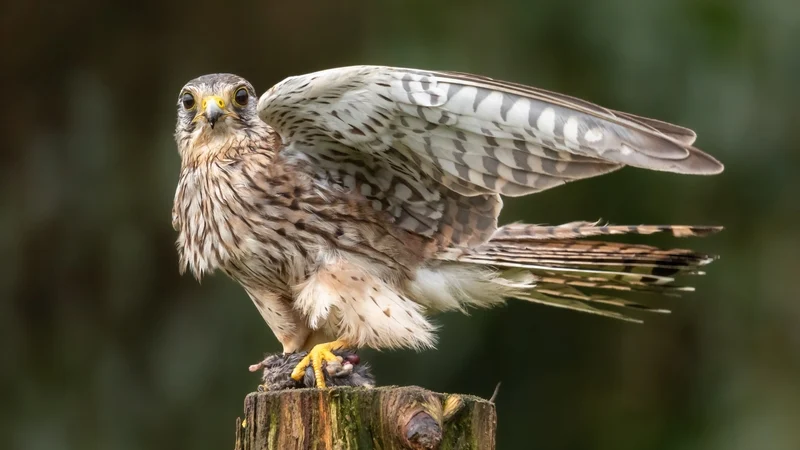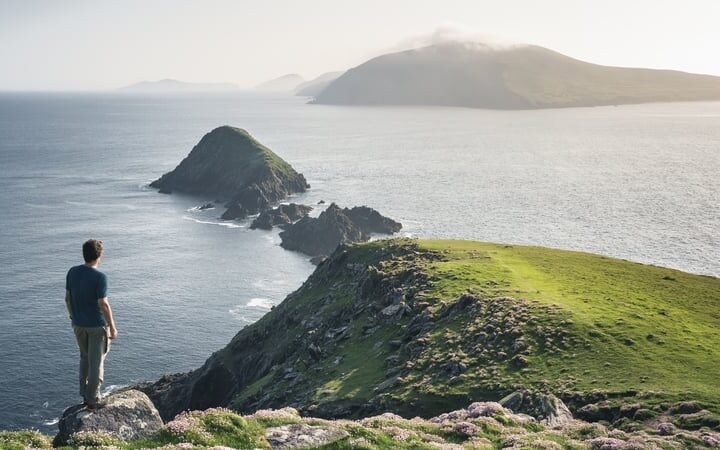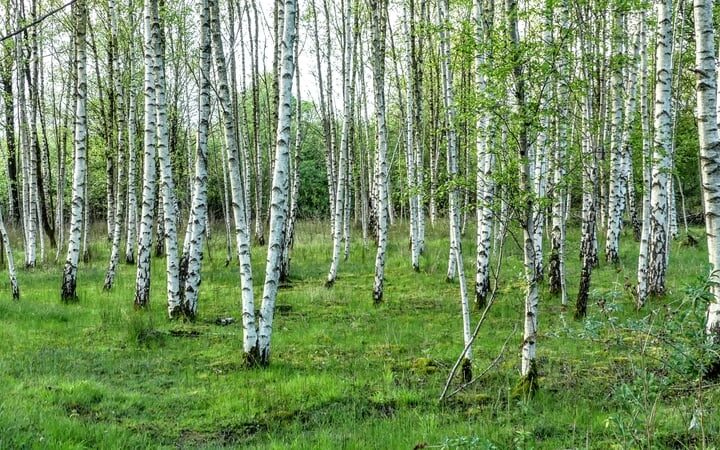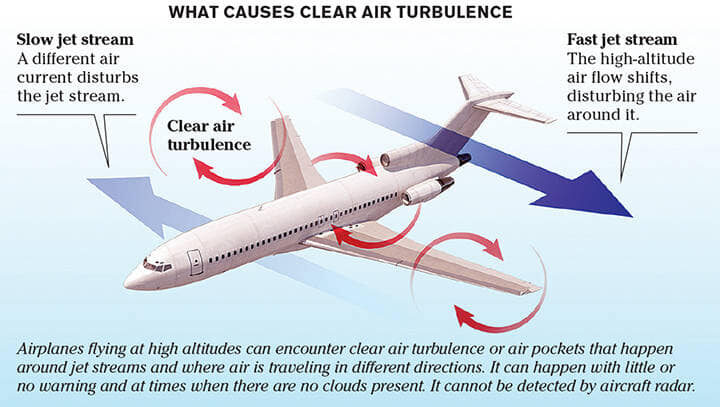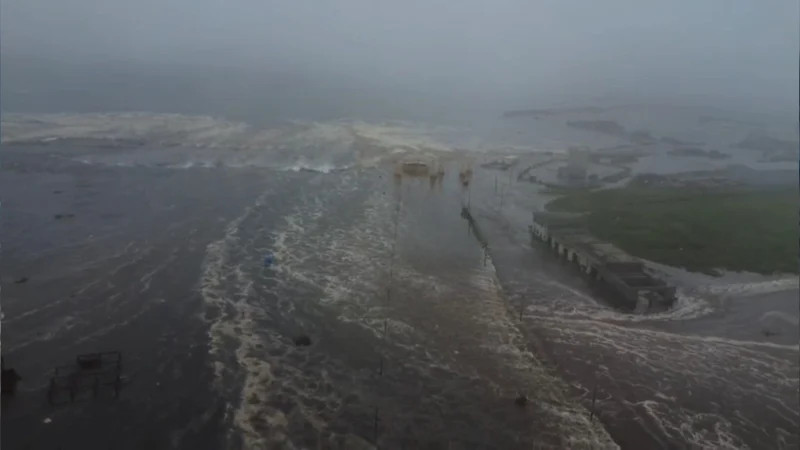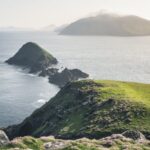Hundreds of bird enthusiasts will take to the Irish countryside over the next two months to count all the birds they can see and hear.
The Countryside Bird Survey (CBS) takes place between April and June each year and covers around 50 bird species in Ireland.
Because birds are easier to hear than they are to see, most of the identifications are done through the distinctive calls each species of bird makes.
Andrew Lynch, coordinator of the Countryside Bird Survey for Birdwatch Ireland, estimates that around 70% of identifications done for the CBS are through sound rather than sight.
“Some species you won’t see. The wren is so small, down in the shrubs, or dunnocks are shy birds,” he said.
In order to avoid double counting, it is important to move at a steady pace through the area and to be aware of what sounds are behind you and what is in front of you.
“Sometimes you’ll see a buzzard in the sky hovering around,” Mr Lynch said.
“There’s only going to be maybe a pair of buzzards in one kilometre, same with a cuckoo.”

Although the CBS only counts birds, Mr Lynch said the survey gives a good indication of the general biodiversity level in the county.
“Birds are fantastic bio-indicators. People love them and they’re easy enough to to record, they sort of give themselves away,” he said.
“If we see a good, healthy bird population, that means the overall landscape is in a good condition.”
Speaking to RTÉ’s Morning Ireland, Mr Lynch said the best time to count birds is early in the morning.
“It’s before the peak activity [of humans] of the day. The bird song travels well at this time of the morning,” he said.
The kilometre squares come from dividing Ireland into a grid and getting one square every 10 kilometres.
The square is broken up into ten sections and everything that is seen or heard in those sections is recorded by volunteers.
Close to 50 species are covered by the CBS, which has about 225 volunteers and nearly 400 squares to be surveyed.
It does not cover nocturnal birds, waders or seabirds.
Other squares are covered by staff at Birdwatch Ireland or rangers from the National Parks and Wildlife Service. It is also possible for someone to do more than one square.
Mr Lynch does about 15 of them himself.

“The idea is to get an overall good picture of what are the main species in that square. If we did this in an hour’s time or in another day, it would be slightly different,” he said.
“The main thing is to pick up as many species as you can.”
Mr Lynch said the technology that exists to identify birds from their sounds is not good enough to use for this survey.
Volunteers are trained in what to look out and listen for. They also have access to the previous years’ data for their square so they can learn the sights and sounds of those particular birds before they conduct the survey.
“A lot of [the volunteers] have a lifelong interest in birds and they’re using that knowledge to give back,” Mr Lynch said.
Some volunteers have been taking part in the CBS for more than 25 years. Since then, there have been a lot of changes.
“We’re seeing a lot of drainage of wetlands. We’re seeing some urbanisation. We’re seeing a move to afforestation and also some lands being abandoned as well and scrubbing up,” Mr Lynch explained.
Since 1998, about one-third of species are stable, one-third have grown in number and one-third are in decline.
Buzzards, which went extinct in Ireland in the 19th century, have increased in number by more than 2000% since 1998.
They were reintroduced to Ireland in the 1930s, went extinct again, but came back to countries Antrim, Armagh and Donegal in the 1960s.

Surveyors have also recorded an increase in goldfinches and black caps.
However, a parasite that impacts throats in greenfinches, thereby starving them, has hit numbers hard. In the last five years there has been a 35% decrease in the number of greenfinches recorded in Ireland and their population has declined by nearly three-quarters since 1998.
Swifts have declined by more than 70% since the CBS began, while species like the corn bunting have been observed going extinct in Ireland through the CBS.
Although the kestrel has slightly increased in numbers in the past five years, the bird’s population has declined by around 45% since 1998.
Due to climate change, some bird species are shifting their locations.
Some birds that prefer colder weather are moving in a northwest direction, while other birds are thriving in the warmer spots.
“Birds are constantly on the move, that’s why we can’t just sit back and rely on old data,” Mr Lynch said.
“We need up-to-date, relevant data every year.”
The methodology used for the CBS is the same used in other Europe countries, which Mr Lynch said is important.
“We all feed into European monitoring, which affects European legislation, which effects everything from the habitat codes to the scientific names,” he explained, adding that they were seeing “mixed results” from the survey.
He said he was worried about bird health overall.
“In some cases, it is alarming, and if we don’t make changes and protect them, we’re going to see birds disappearing from our landscape.”
